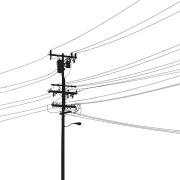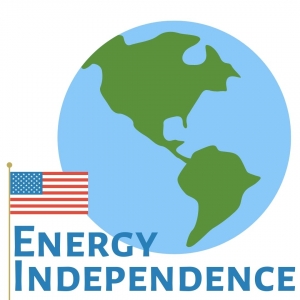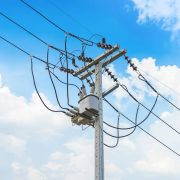Why Now Is the Time to Go Solar
In recent years, the adoption of solar energy has surged dramatically as individuals and businesses seek cleaner, more sustainable alternatives to traditional fossil fuels. While this shift towards solar power is undoubtedly commendable for its environmental benefits, it also poses unique challenges to utility infrastructure, particularly to transformer capacity.
As more and more households and businesses install solar panels on their rooftops or invest in larger solar farms, the strain on utility transformers has become increasingly apparent. Transformers are crucial components of the electrical grid, responsible for stepping up or down voltage levels to ensure the safe and efficient distribution of electricity. However, the growing prevalence of solar installations has led to instances of transformer overloading, where the electricity demand exceeds the transformer’s capacity to handle it.
Unlike traditional power sources such as coal or natural gas, which can be controlled and adjusted based on demand, solar energy production is dependent on factors like weather conditions and time of day. This unpredictability can result in sudden surges of solar energy being fed back into the grid, potentially overwhelming transformers designed for a more predictable flow of electricity.
In some cases, overloaded transformers may need to be replaced or upgraded to accommodate the increased demand for electricity, a process that can be time-consuming and costly for consumers.
Given these challenges, there has never been a more compelling time to embrace solar energy and reduce our reliance on traditional power sources. By investing in solar panels now, before your local transformer reaches its capacity limits, you can help alleviate the strain on the grid and contribute to a more stable and sustainable energy future.
Moreover, going solar offers numerous benefits beyond just easing the burden on utility transformers. It allows individuals and businesses to reduce their carbon footprint, lower their electricity bills, and gain energy independence. With advancements in solar technology and declining installation costs, solar power has become increasingly accessible and cost-effective for homeowners and businesses of all sizes.
The rise of solar energy presents both opportunities and challenges for our energy infrastructure. While the transition to solar power is essential for combating climate change and reducing our reliance on fossil fuels, it also requires careful planning and investment in upgrading and modernizing the grid. By going solar now, you can not only take advantage of the numerous benefits of clean energy but also help mitigate the risks of transformer overloading and ensure a more resilient and sustainable energy future for generations to come.




 Energy independence also exists on an individual level. One of the main benefits of producing your own energy is energy security. With renewables such as solar panels, you know that you will always be able to produce your own energy regardless any problems with the grid. This is especially beneficial here in New England because of all the hurricanes and inclement weather that cause frequent power outages. Something as simple as a tree falling on a powerline during a storm can takedown the entire grid in an area for multiple days. However, if your home produces its own energy, there is no need to worry about this during a storm.
Energy independence also exists on an individual level. One of the main benefits of producing your own energy is energy security. With renewables such as solar panels, you know that you will always be able to produce your own energy regardless any problems with the grid. This is especially beneficial here in New England because of all the hurricanes and inclement weather that cause frequent power outages. Something as simple as a tree falling on a powerline during a storm can takedown the entire grid in an area for multiple days. However, if your home produces its own energy, there is no need to worry about this during a storm.



